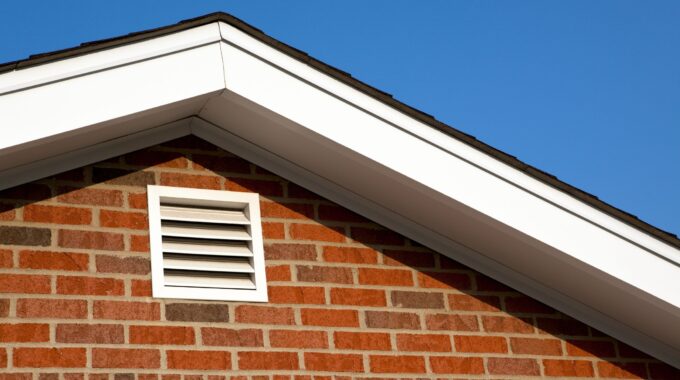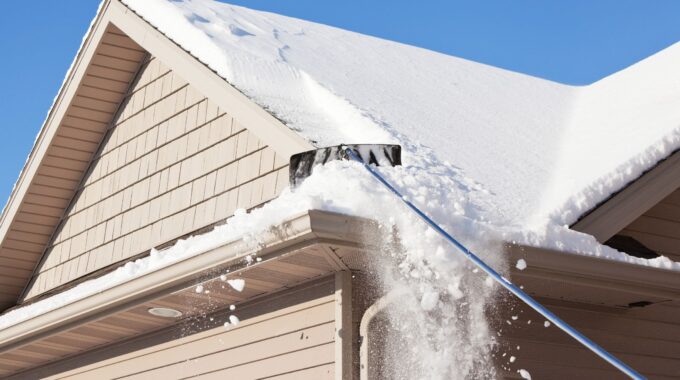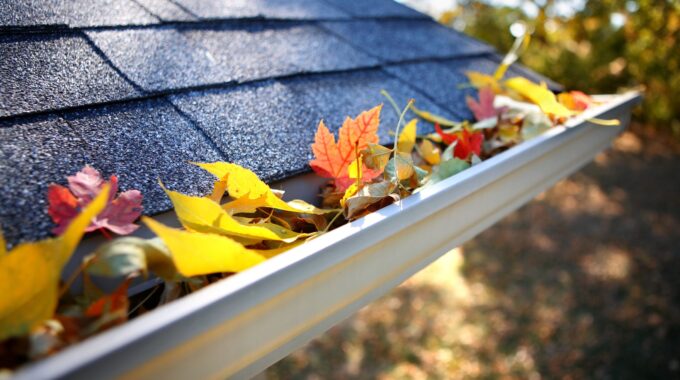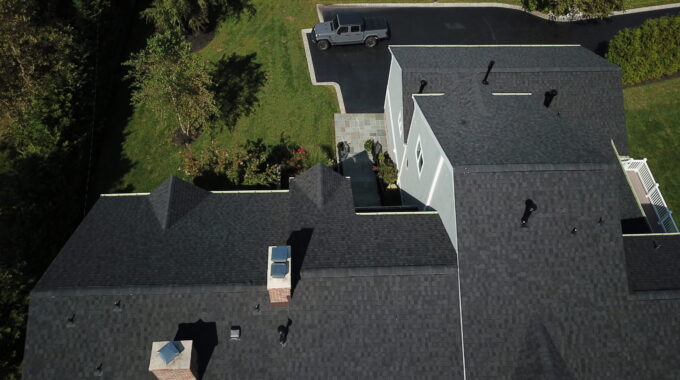
Tip of the Month: Understanding Roof Ventilation & Why It Matters for Your Home’s Health
Your home is more than just a shelter. It’s a complex system designed to provide comfort, safety, and energy efficiency. One key component of this system is often overlooked: roof ventilation.
Roof ventilation plays a crucial role in maintaining the health of your home. It regulates temperature, controls moisture, and even extends the lifespan of your roof. But what exactly is roof ventilation? How does it work, and why is it so important?
Roofing By Carl’s is here to help you understand roof ventilation and its impact on your home’s health.
The Basics of Roof Ventilation
Roof ventilation is a system designed to circulate air in the attic space. It allows fresh air to enter and stale air to exit. This circulation is crucial for maintaining a balanced temperature in your home. It helps to prevent the buildup of excessive heat in the attic during summer months.
In addition to temperature control, roof ventilation also manages moisture levels. It prevents the accumulation of condensation, which can lead to mold and mildew growth. In essence, roof ventilation is a key player in preserving the structural integrity of your home and enhancing its overall comfort.
Regulating Temperature and Moisture
One of the primary benefits of roof ventilation is temperature and moisture regulation. During summer, heat can build up in the attic, causing your air conditioning system to work harder.
Ventilation helps to expel this heat, reducing the strain on your cooling system. In winter, it prevents the buildup of condensation, which can lead to mold and mildew growth.
Extending Roof Lifespan
Proper ventilation can extend the lifespan of your roof. Excessive heat can cause damage to roof shingles, leading to premature aging.
By regulating the attic temperature, ventilation helps to prevent this damage, thereby extending the life of your roof.
Reducing Energy Costs
Roof ventilation can also contribute to energy efficiency. By helping to maintain a balanced temperature in your home, it reduces the need for air conditioning.
This can result in significant energy savings, reducing your monthly utility bills.
Preventing Ice Dams and Structural Damage
In colder climates, roof ventilation can prevent the formation of ice dams. These occur when heat from the attic melts the snow on the roof, which then refreezes at the edges.
Ventilation helps to keep the roof temperature consistent, preventing this melting and refreezing cycle. It also prevents moisture buildup, which can lead to structural damage.
Enhancing Indoor Air Quality
Finally, roof ventilation enhances indoor air quality. It allows fresh air to circulate in the attic, preventing the buildup of pollutants.
This contributes to a healthier living environment, improving the overall comfort of your home.
Types of Roof Ventilation Systems
There are various types of roof ventilation systems available. The choice depends on your home’s specific needs and the local climate. These systems can be broadly categorized into passive and active ventilation options. Each has its own set of advantages and considerations.
Understanding these options can help you make an informed decision about the best ventilation system for your home. Let’s take a closer look at both passive and active ventilation systems.
Passive Ventilation Options
Passive ventilation systems rely on natural air flow to regulate temperature and moisture. They do not require any mechanical devices to operate.
Common types of passive ventilation include ridge vents, soffit vents, and gable vents. These vents allow hot air to escape from the attic and draw in cooler air from outside. The effectiveness of passive ventilation depends on the design and placement of the vents.
Active Ventilation Solutions
Active ventilation systems, on the other hand, use mechanical devices to control air flow. These include roof-mounted power vents and solar-powered roof vents. These systems can be more effective in regulating temperature and moisture, especially in larger homes or in climates with extreme temperatures.
However, they do require energy to operate and may need more maintenance than passive systems.
Balancing Intake and Exhaust Vents
A well-designed roof ventilation system balances intake and exhaust vents. This balance is key to effective ventilation.
Intake vents are typically located at the lower part of the roof. They allow fresh air to enter the attic. Exhaust vents, on the other hand, are placed at the highest point of the roof. They let out the hot air that rises to the top.
Together, these vents create a continuous flow of air that helps regulate temperature and moisture.
Roof Ventilation and Home Maintenance
Roof ventilation is a critical part of home maintenance. It’s not a set-and-forget aspect of your home. Regular inspections can ensure that your ventilation system remains operational. It’s important to clear any blockages that can impede ventilation effectiveness.
Homeowners should also be aware of the signs of poor ventilation. Poor roof ventilation can manifest in several ways.
One common sign is a spike in energy costs. If your air conditioning is working overtime, it could be due to poor ventilation. Another sign is the formation of ice dams in winter. These are caused by uneven roof temperatures, which proper ventilation can prevent.
If you suspect your home has poor ventilation, consider a professional assessment. Roofing professionals can determine if your home’s ventilation is adequate. Improving roof ventilation can be a cost-effective way to protect your home investment. It can also increase your home’s resale value.
The Importance of Proper Ventilation
In conclusion, proper roof ventilation is vital for your home’s health. It plays a key role in maintaining a comfortable and safe living environment.
It helps regulate temperature, control moisture, and enhance indoor air quality. It also extends the lifespan of your roof and reduces energy costs. Ignoring roof ventilation can lead to costly repairs and health issues. Therefore, it’s crucial to ensure your home has an effective ventilation system.
Remember, ventilation is just one part of a comprehensive roof maintenance plan. Regular inspections and maintenance are equally important. If you are struggling to inspect your roof and need professional help, the team at Roofing By Carl’s is ready to help. Contact us today with all of your roofing questions and needs.





